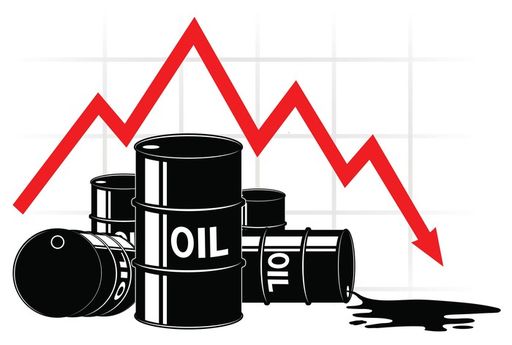Oil retreated from a five-month peak following Israel‘s announcement of troop withdrawal from Gaza, with traders eyeing upcoming market reports for insights into supply and demand dynamics, according to Bloomberg.
Brent futures plunged up to 2.6 per cent before rebounding slightly, settling below $90 per barrel, while West Texas Intermediate (WTI) hovered under $86.
Recent oil gains stemmed from heightened geopolitical tensions and supply disruptions, fueling speculation of the global benchmark breaching the triple-digit mark.
Israel’s decision to withdraw troops from southern Gaza, attributed to preparations for future operations, including a potential offensive on Rafah, comes amidst escalating tensions.
Despite this move, analysts like Vishnu Varathan from Mizuho Bank in Singapore caution against dismissing ongoing risks of direct clash involving Iran, underscoring the persistent upside volatility in oil due to geopolitical factors amplifying supply constraints.
Although crude registered a fourth consecutive weekly increase, reaching its highest level since August, technical hurdles have emerged, with Brent entering overbought territory on the 14-day relative strength index, posing short-term challenges for the benchmark.
Nevertheless, the overall outlook remains bullish, supported by robust timespreads, recovering volatility, and increasing long positions in crude by funds. Additionally, bullish oil call options continue to trade at a premium compared to bearish puts.
Attention now turns to key reports, starting with the US Energy Information Administration’s Short-Term Energy Outlook due on Tuesday, followed by releases from OPEC+ and the International Energy Agency later in the week. These reports will provide critical insights into global oil balances, especially amidst OPEC+ production cuts, supply disruptions in regions like the Red Sea due to Houthi attacks, and increased scrutiny on flows from Russia and Venezuela amid heightened US sanctions enforcement.
